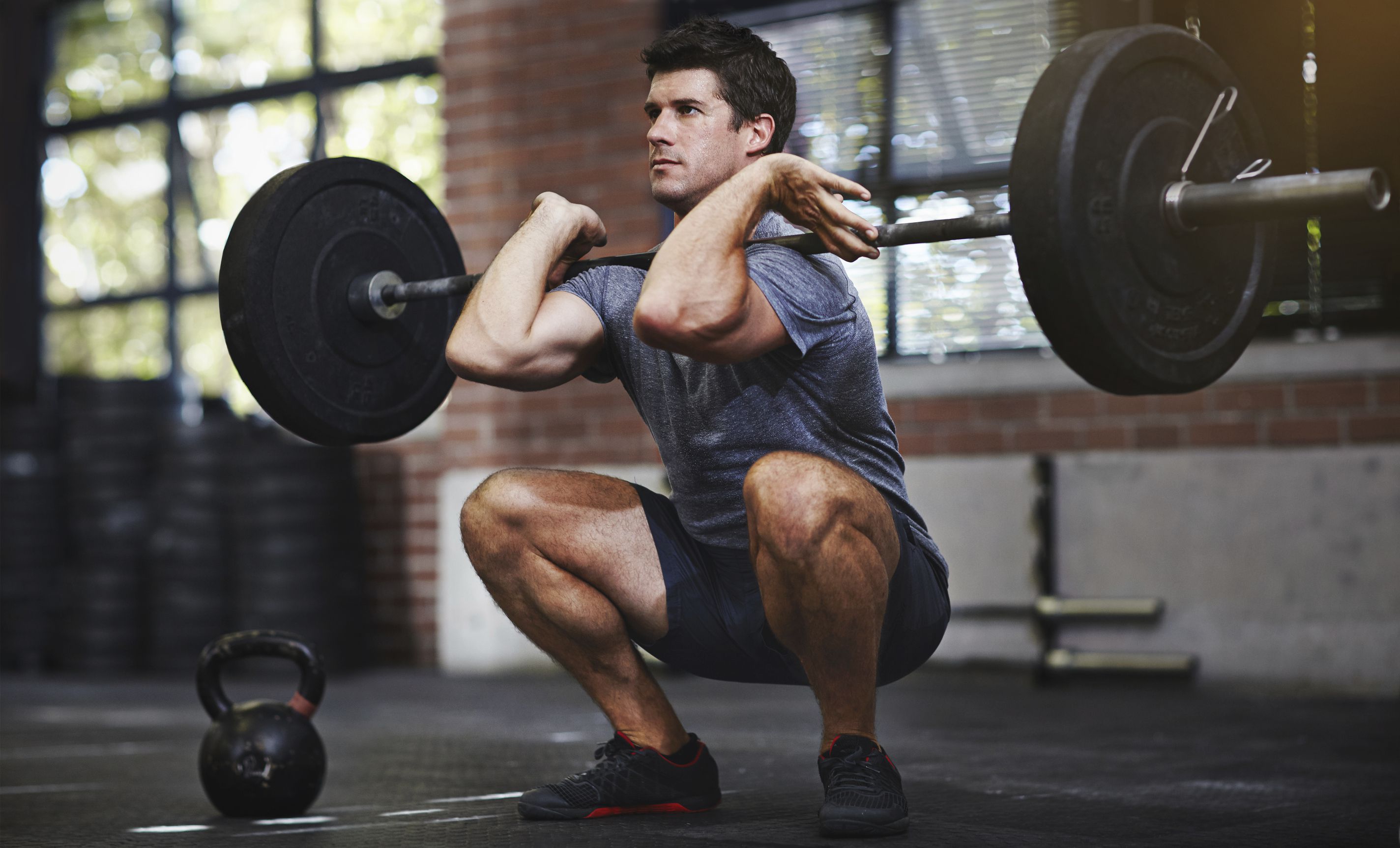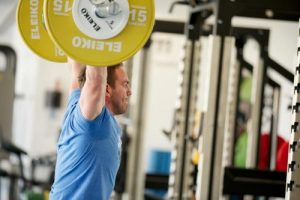Olympic weightlifting is a hugely popular component in many strength and conditioning programmes. In a study regarding coaching trends in rowing, cleans topped the list in order of importance. However, Olympic style weightlifting also splits opinions. How well the movements transfer to sports performance is often a hot topic. You may also be of the party that believe the complexity is not worth the time. Either way, this blog aims to present both sides of the arguments!
What is Olympic Weightlifting
A registered sport in its own right, Olympic weightlifting consists of two lifts; snatch and clean & jerk. Both require the athlete to take a loaded bar from the floor to above their head in an explosive manner. Because both movements require strength and speed, they and their derivatives are often used in training for other sports.
Benefits of Olympic Weightlifting
The powerful nature of both lifts lend themselves to developing explosive / speed strength in athletes. A lifter must create vast amounts of force in a small space of time to move the bar. Speed strength is hugely important to any athlete that is required to move quickly!
The rapid rate of force development from Olympic weightlifting has been shown to improve both jump and sprint times. In particular, the hang clean has been found to directly influence vertical jump results. The ability to produce large amounts of force, quickly have been linked to on field performance as well as lab based tests. Therefore, you can see why coaches are attracted to this style of training.
Furthermore, weightlifting includes triple extension and closely simulates an athletic ready position. When performing most variations of Olympic weightlifting, you are essentially jumping and landing with an external weight. The ability to go from extension of the hip, knee and ankle, to a deep squat is key to weightlifting. If you can master these movements, you will have much larger base to build upon.
In terms of testing, adding a power clean to your test battery can give you a good idea of your force velocity profile. a 1RM back squat (high force, low velocity), 1RM power clean (medium force, high velocity) and vertical jump (lower force, higher velocity) give you a good profile of performance.
Arguments Against Olympic Weightlifting
Due to its complex nature, there is an argument against its crossover to sport. As the technique is key to performance, some believe it will interfere with the motor patterns used in the actual sport. I have not personally read any research into the direct relationship between OWL and sport specific skills.
Learning to lift correctly takes a long time! If you are under pressure to improve sporting performance quickly, are there faster ways? You may simply need to improve your ability to jump. More basic movements that still produce large amounts of force may get you there quicker. In a world where a quick fix is what everyone desires, you can see why many ignore OWL in favour of more easily coachable / learnable movements.
Further, moving such large loads with athletes who may not be 100% competent carries a high degree of risk. This coupled with the requirement of space and equipment also argue against OWL.
My Views on Olympic Weightlifting
As a leading Personal Trainer in Surrey I use Olympic lifting with a large number of my clients, why? Simply put, we have the time. Many of the clients I work with do not have a definite time scale in which they need to improve. Therefore, we can slowly chip away. This means we can improve the ability to perform a complex skill whilst improving explosive strength.
In addition, many of the youth athletes I work with are simply at the stage where they need to build as broader base possible. Being exposed to multiple skills and challenges is all part of journey to mastering their performance.
So, when would I not use it? Where time restraints are in place and I need to get someone somewhere fast, I will substitute Olympic weightlifting for other movements. Generally speaking these will be squat jumps or similar. In addition, injury or mobility issues may prevent OWL to begin with. If somebody has an issue getting into a front squat or having the bar overhead, we will not force it. We may do power variations or simply high pulls.
If an athlete has the time, ability and is married to the idea of Olympic weightlifting, I personally see no reason not to use it.

